Otoplasty – Ear reshaping
Prominent ears often run in families. In fact in the Middle Ages, judges used to look at the ears of the children in cases of disputed paternity to see if they looked like the father’s! Prominent ears can be a source of teasing in childhood and adults may feel self-conscious about their large ears.
Otoplasty is best performed in children over five years of age as the cartilage is firm enough by then to hold the new shape created during the operation. In adults the surgery can be performed under local anaesthetic (without going to sleep) however it is best under a general anaesthetic for children.
The surgery is performed by making an incision behind the ear, the cartilage is reshaped and the new shape is held with dissolving stitches.
Aftercare
After the surgery a head bandage is placed and remains on for a week. We will remove the bandage at the office and once it is off, you may wash your hair. Please wear a headband at night for 6 weeks to prevent accidentally knocking your ears forward and no team sports or swimming for six weeks.
Problems that may arise and how we fix them
1. Infection and bleeding.
A head bandage is placed on the head after the surgery that stays in place for a week. Usually this head bandage is uncomfortable and itchy. If you have pain with the bandage then that is a reason to remove it to check the ears for infection or bleeding.
2. Hypersensitive ears
After the head bandage comes off, patients often notice their ears are hypersensitive to touch, especially when clothes brush lightly against the ears. This feeling lasts a couple of months before going away.
3. Symmetry
Perfect symmetry is not possible. The ears will be even but most people do notice some differences
I hope you find these guides helpful in preparation for surgery and for your recovery. It will cover general details of surgery and the normal way that individual’s recover after facial surgery.

